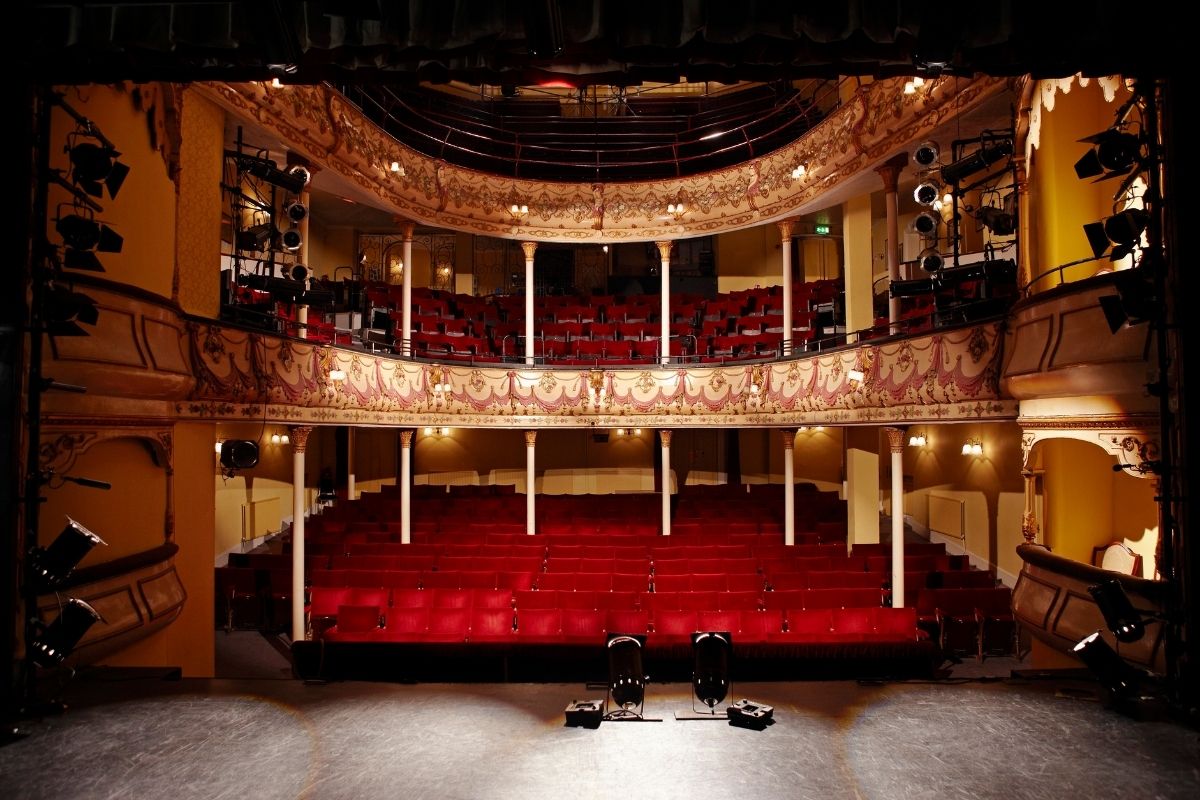Performing Arts: Jeff Kaplan Talks About “The Black Crook”

I would say that Broadway, in terms of musical theater, started in the 19th century. Most histories of musical theater point to a production called “The Black Crook,” which began in 1866.
It was this extravaganza. It was a five-and-a-half hours show. But people didn’t sit and watch the whole thing. They would see part of it, and then they would go to dinner. They might come back, play cards or throw things at the stage. If you were a theater-goer in 1866, you would also talk a lot. Theater was a very raucous and public kind of activity back then. The modern equivalent would be like you playing a TV loudly in the background.
Why Is “The Black Crook” Important?
“The Black Crook” didn’t really have a plot. It had pyrotechnics. It had all kinds of lighting and stage effects. At that time, theaters kind of resembled navy battleships. The lower levels looked like engine rooms, and they had these massive machines that could change the sets very quickly and do all kinds of amazing things.
“The Black Crook” also had ballet dancers. In the production’s origin story, this troupe of ballerinas were going to perform, and, supposedly, the theater where they planned to perform burned down. Theater fires happened a lot back in those days, especially when using gas lighting in structures made of wood and decorated with fabric.
But, supposedly, this troupe of ballerinas and production were in this theater, and they decided to produce this special dance routine. In it, the ballerinas were naked. I don’t really mean “naked,” but at the time they were wearing clothes considered very, very scandalous for that era.
“The Black Crook” was a very risqué, burlesque kind of thing. And, yet, it went on and on for 474 performances. It was this phenomenon.
Online Performing Arts Education
From “The Black Crook,” we can learn, as performers and other performing arts professionals and students, a lot of interesting things about theater, productions and audiences. We discover that stage effects and taboo displays can sometimes be enough to make a show that doesn’t have much of a plot a huge success. We learn that an interesting origin story makes a production a memorable historical event. During a performing arts education course, we can also learn through historical accounts of mistakes by past theater crews more about important safety concerns.

